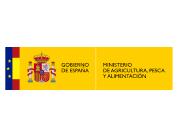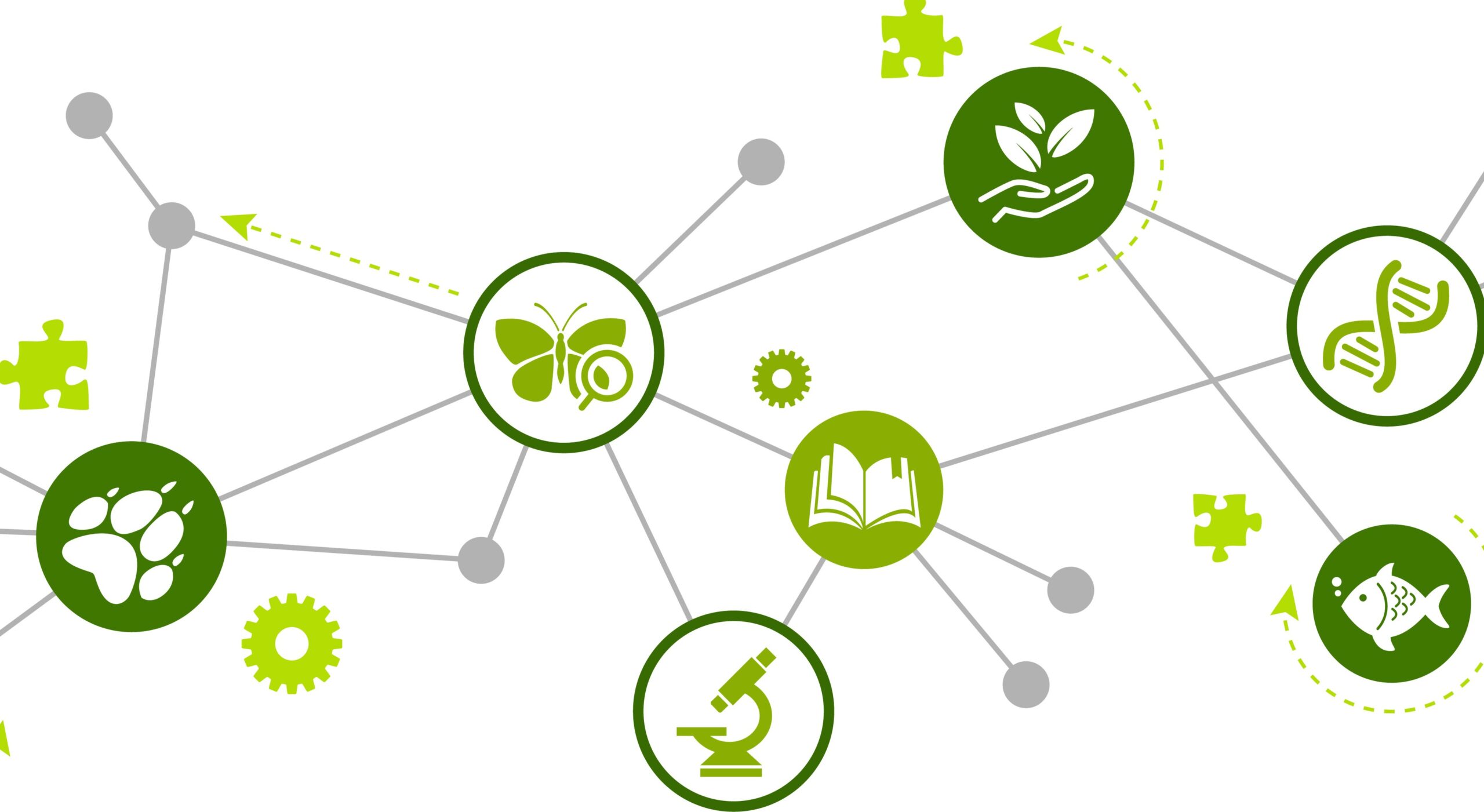
Biodiversity and science strategy
MITECO
Line of action:
Knowledge generation and managementStatus:
En ejecuciónExecution date:
2021End date:
2027Descargar toda la información
The main objective is to organize, within the framework and as an application of the Spanish Strategy and the Spanish Plan for Science, Technology and Innovation (EECTI and PECTI), a system that favors the generation and transfer of knowledge on biodiversity and ecosystem services, of quality, inclusive and effective, that covers the needs of planning and management to achieve their protection. conservation, sustainable use, restoration and its economic and social value.
Based on this objective, the following goals have been identified:
- To achieve better scientific knowledge on biodiversity, ecosystems, the services they provide and their interrelationships.
- Align scientific priorities with the needs of biodiversity monitoring and management.
- Ensure that decision-making affecting biodiversity, in all areas, is carried out on the basis of the best available scientific knowledge.
- To increase and promote the accessibility of solid and quality scientific knowledge for the conservation of biodiversity to decision-making bodies and society as a whole.
The Biodiversity and Science Strategy establishes a consensual framework in which six lines of action and 12 key actions are proposed to be developed by the general administration and different bodies of the state public sector,
and in which different actors are involved, within a period of four years from its approval.
The lines of action that underpin the strategy consist of improving the identification of scientific needs for the monitoring and management of biodiversity, promoting coordination mechanisms for the generation of knowledge, involving society in the generation of knowledge, promoting Spanish science in the international context, communicating and transferring scientific knowledge. The final objective is to strengthen the alignment of science in the making of relevant decisions in policies for planning, conservation, restoration and sustainable management of biodiversity and to regulate the necessary instruments for the knowledge and planning of natural heritage and biodiversity.
- Preparation of an initial proposal.
- Document submitted to public participation.
- Holding three workshops.
- Preparation of a draft based on the conclusions drawn from the three workshops.
- Dissemination of the document.
- Document presented for consideration by the Council of Ministers.

Biodiversity and science strategy









 back to search
back to search 